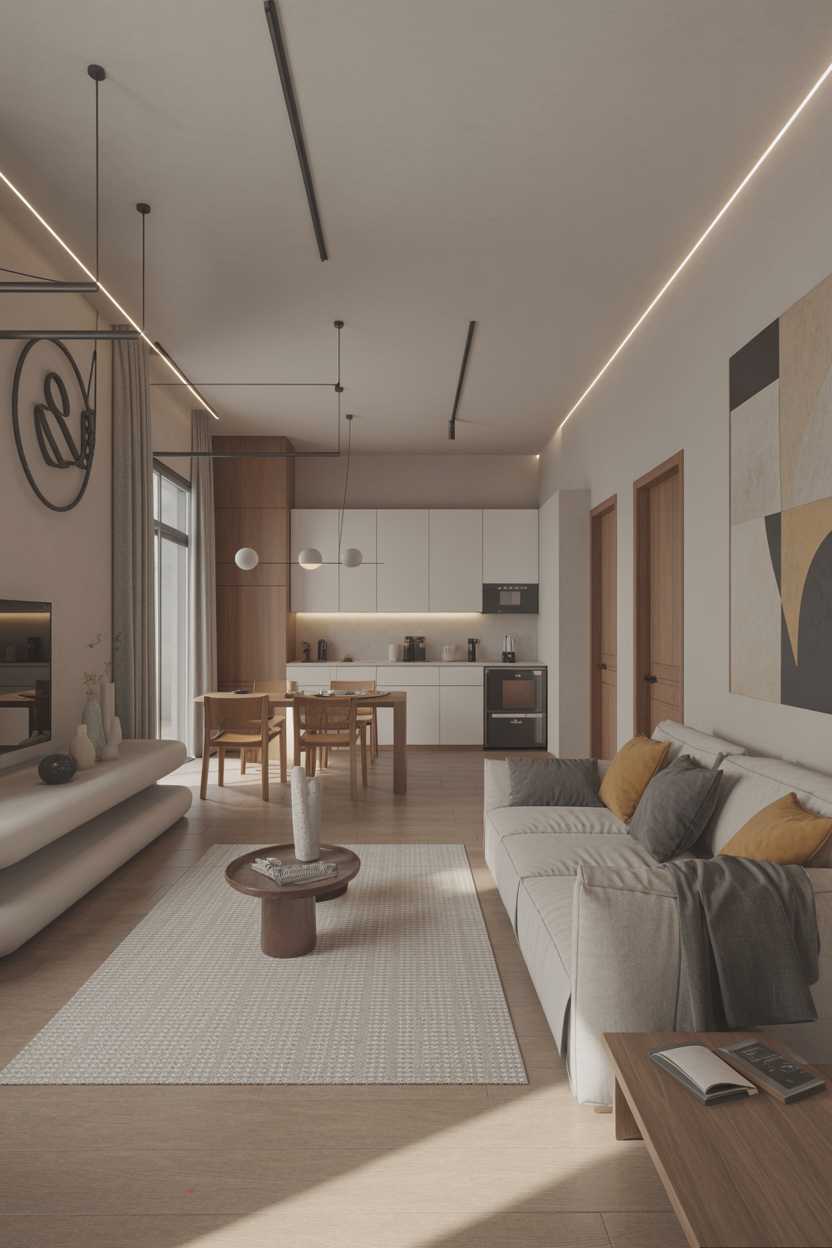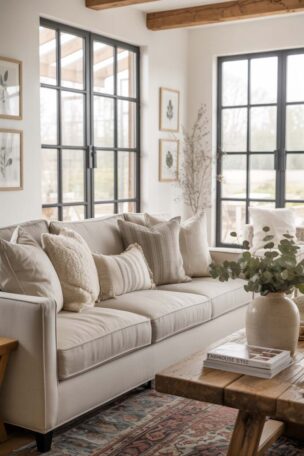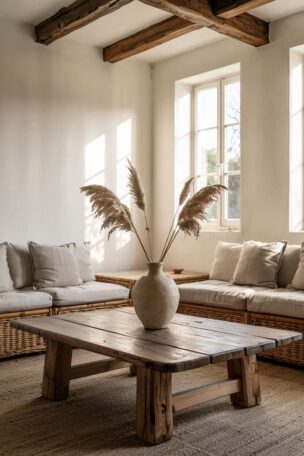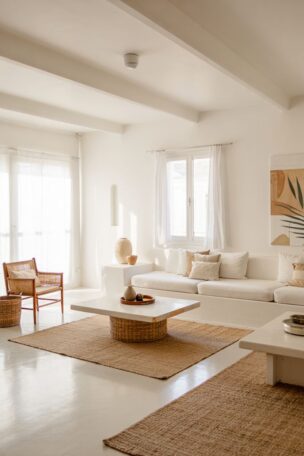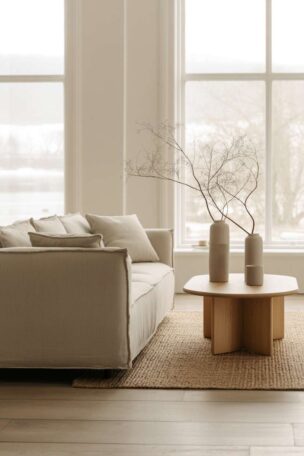In the world of home décor, modern style interior design stands out with its signature look of clean lines, practical spaces, and a focus on what works rather than what just looks pretty.
This approach to design came about in the early 20th century and has stayed relevant because it creates spaces that feel fresh and lasting.
Modern style interior design isn’t just about how things look—it’s about making spaces that work for real life while still looking good.
Let’s look at what makes this style unique and how you can bring these ideas into your home.
The Roots of Modern Style Interior Design
Historical Background
Modern style interior design took shape in the early 20th century as designers moved away from fancy details and heavy looks.
Between the 1920s and 1950s, this new approach to design caught on as people began to value clear, open spaces and items that were both good-looking and useful.
This shift wasn’t just about looks—it was part of a bigger change in how people thought about living spaces.
As life became more fast-paced, homes needed to be more practical and less fussy.
The School That Changed Everything
A design school founded in Germany in 1919 set off a revolution in how we think about design.
This school brought together art, craft, and new technology in ways never seen before.
The teachers and students at this school believed that beautiful things should also be useful, and that good design should be for everyone, not just the wealthy.
The ideas from this school spread across the world, shaping how we think about everything from chairs to houses.
The focus on mixing materials like steel and glass with natural elements created a look that still feels current today.
Core Elements of Modern Style Design
Clean Lines & Geometric Shapes
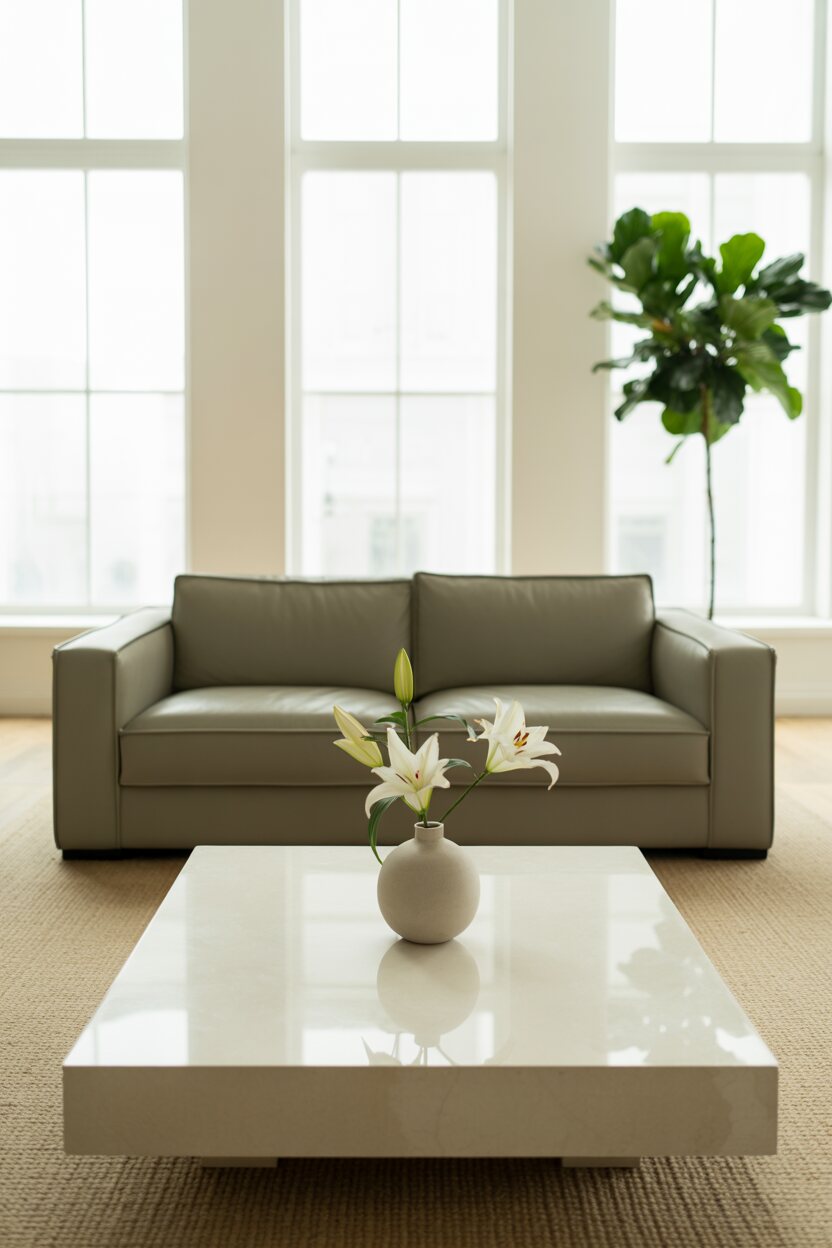
At the heart of modern style interior design is a love for clean, straight lines and clear shapes.
You won’t find curvy, fancy details here—instead, you’ll see strong shapes that make a statement through their simplicity.
This focus on clean lines shows up in:
- Straight-edge furniture with little or no decorative details
- Clear, defined shapes in everything from lights to artwork
- Rooms with a clear purpose and strong visual structure
The effect is a space that feels ordered and calm, without being boring or cold.
Open, Clear Spaces
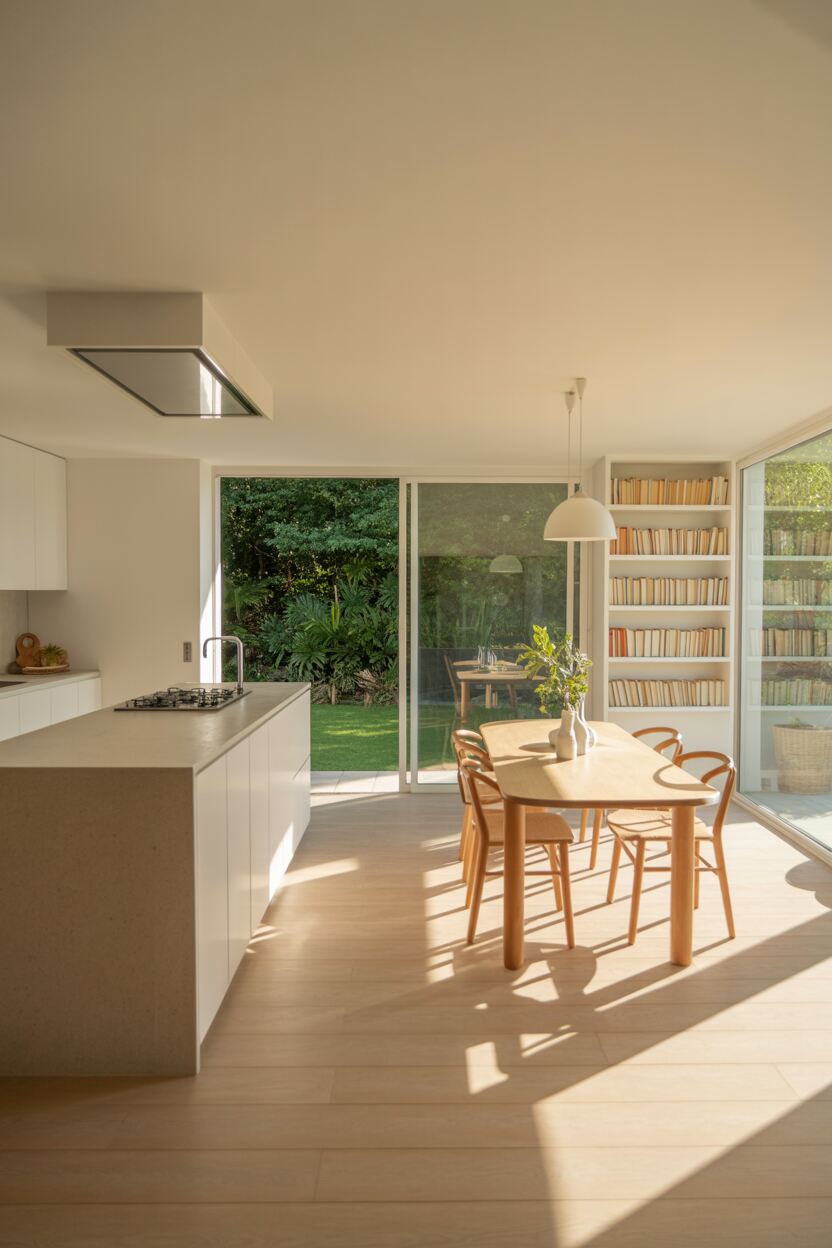
Modern style interior design loves space—and lots of it.
Rather than filling every corner, this style creates breathing room that lets you move, think, and live without feeling boxed in.
The way rooms flow into each other is key in modern design. Instead of separate, closed-off rooms, spaces blend while still having clear purposes.
This creates homes that feel bigger and more connected.
To create this feeling in your own space:
- Keep only what you need and use
- Make sure each item has a place to be stored
- Choose furniture that doesn’t block sightlines across the room
- Consider removing non-structural walls to open up your floor plan
The Color Story
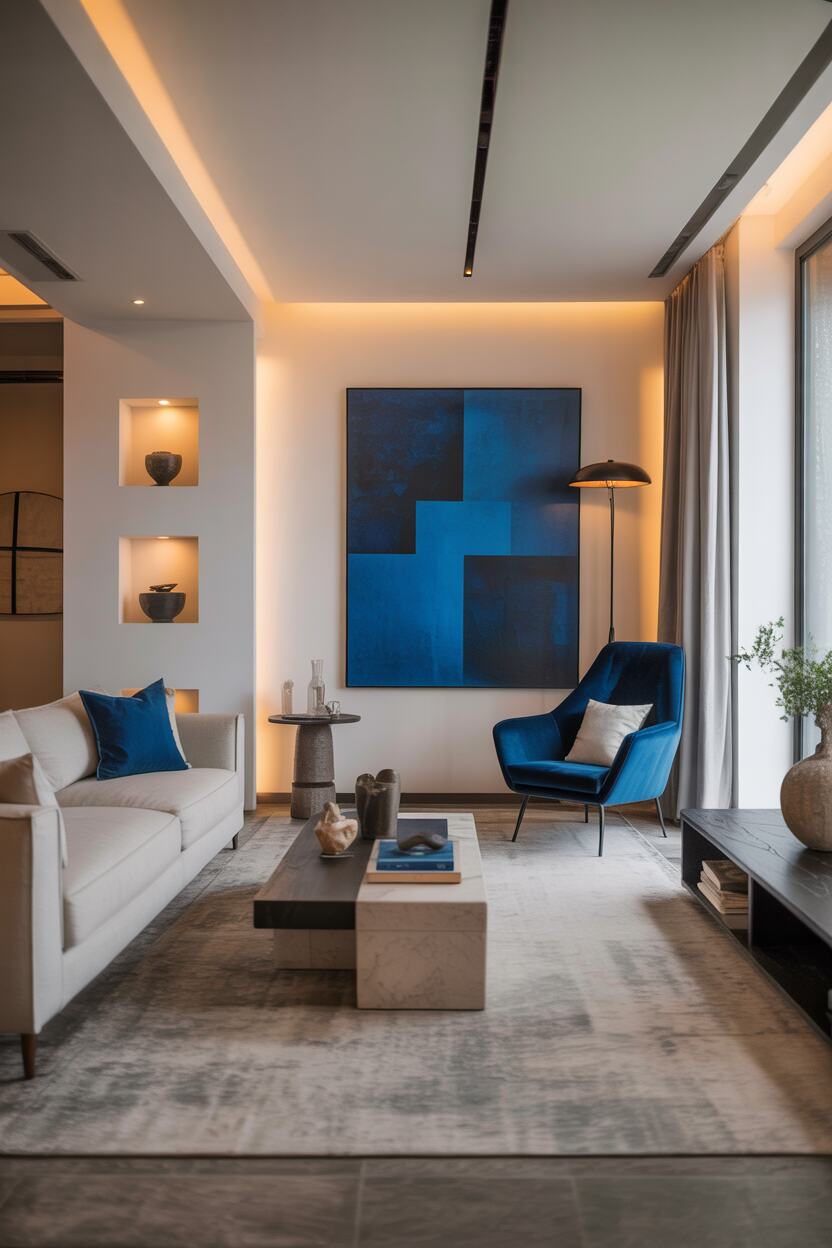
The color approach in modern style interior design is clear and focused. You’ll often see:
- A base of whites, grays, beiges, and blacks
- One or two bold colors used for key pieces
- Clear color zones rather than lots of mixed shades
This focused color plan creates a sense of calm and purpose.
The neutral background lets the room’s shapes and textures stand out, while small pops of color add life and personality.
When working with color in a modern space, keep it simple.
Choose one or two accent colors at most, and use them in small but noticeable ways—a chair, an art piece, or a few well-placed items that draw the eye.
Materials That Define Modern Style
Natural Meets Industrial
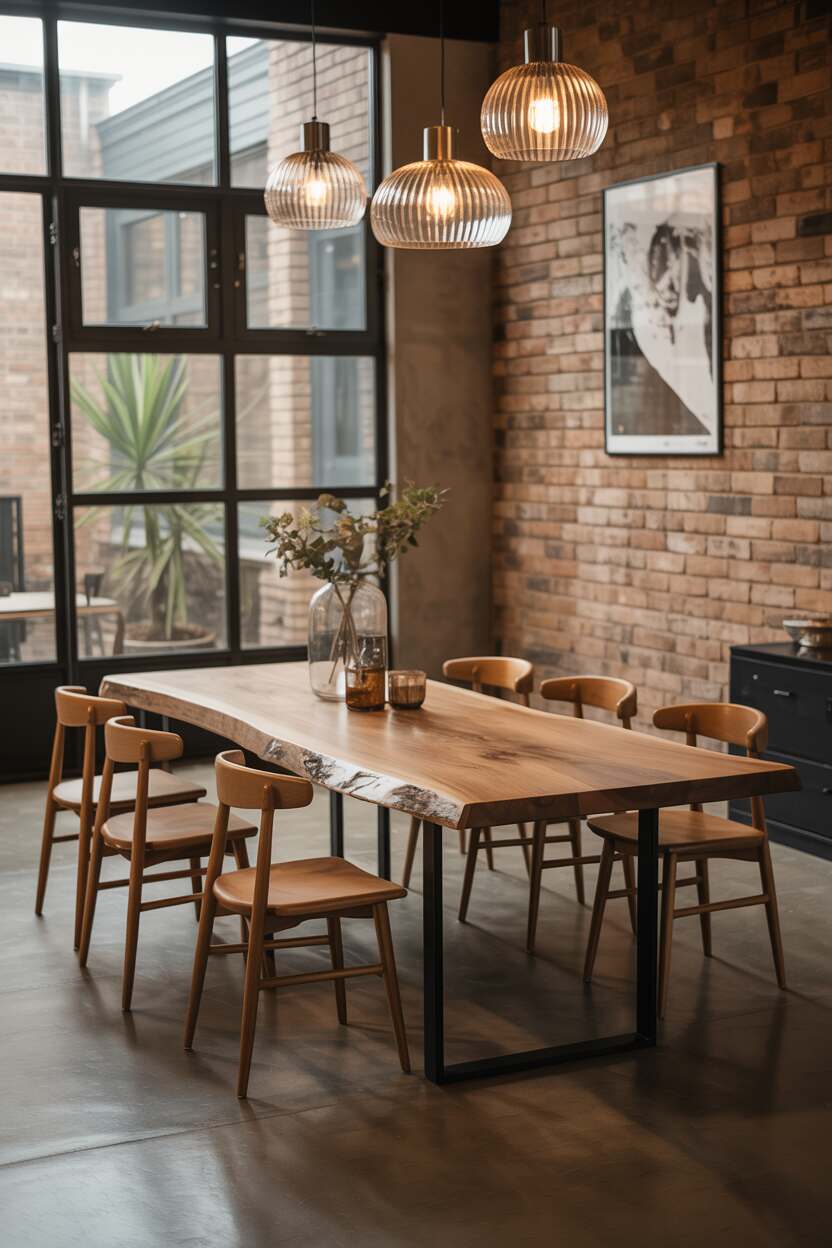
Modern style interior design creates balance by mixing warm natural materials with cooler industrial ones.
This mix prevents spaces from feeling too cold or too rustic.
Common material combinations include:
- Wood paired with metal
- Leather with glass
- Natural stone with concrete
The key is finding the right balance.
Too much metal can make a space feel cold and unwelcoming, while too much wood might lose that sleek modern edge.
The best modern spaces find the sweet spot between warmth and cool, creating rooms that feel crisp and welcoming.
Glass & Light
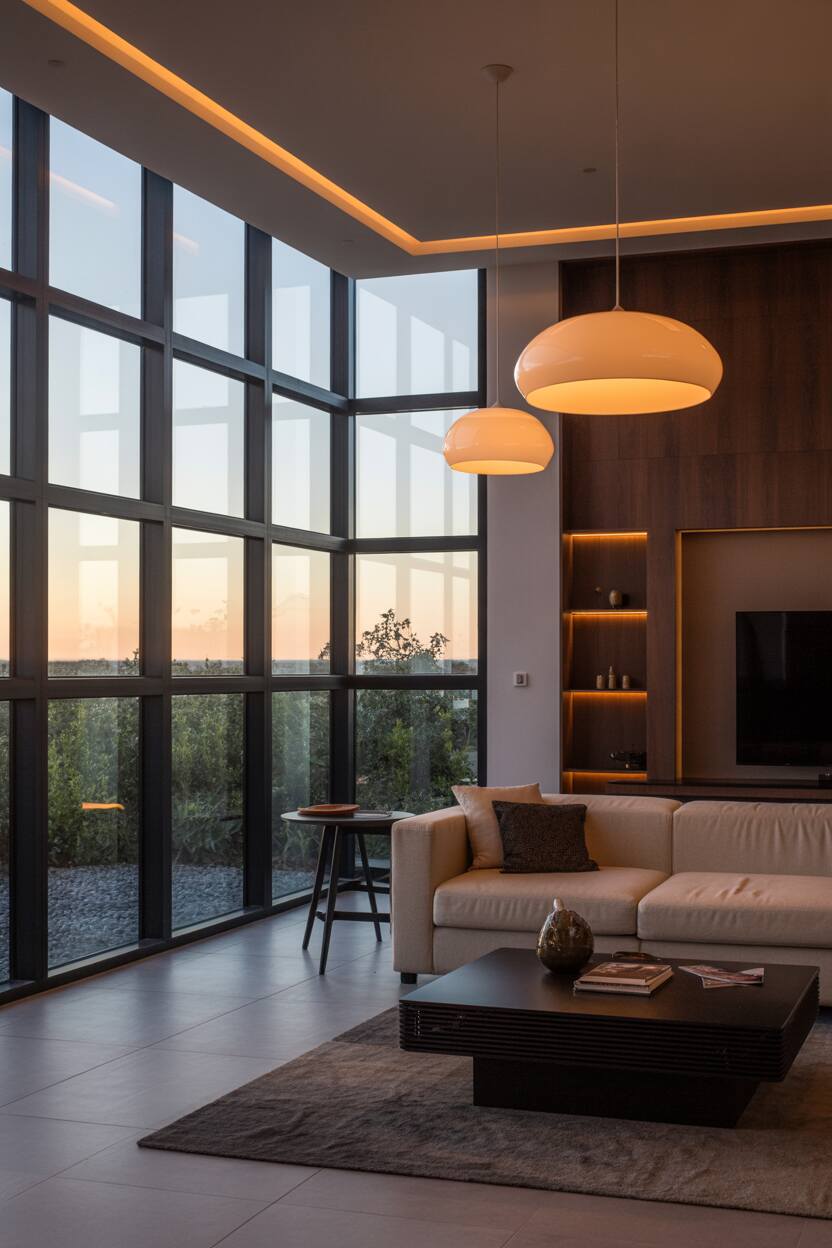
Light plays a starring role in modern style interior design.
Large windows that welcome natural light are a hallmark of this style, often with minimal window coverings to let light flow freely.
Beyond natural light, the fixtures themselves are just as important:
- Simple pendant lights with clean shapes
- Wall sconces that create light patterns
- Hidden lights that highlight architecture
- Floor lamps that double as art pieces
In modern spaces, lighting does double duty—it’s both useful and beautiful.
A well-chosen light fixture can act as a focal point in a room while providing the right kind of light for different activities and times of day.
Modern vs Contemporary: Clearing Confusion
Defining the Difference

One of the most common mix-ups in design talk is between “modern” and “contemporary” styles.
Though they might sound like they mean the same thing, they’re quite different:
Modern style interior design:
- Tied to a specific time period (roughly 1920s-1950s)
- Has a clear set of rules and looks
- Stays consistent over time
- Features clean lines, open spaces, and function-first thinking
Contemporary design:
- Means “of the current time”
- Changes as trends change
- Can include elements from many different styles
- Is more fluid and less defined
Put simply, modern is a specific style with set rules, while contemporary is whatever is popular right now.
A space designed in the modern style today would look very similar to one designed in the 1950s, while contemporary spaces from those two times would look very different from each other.
Creating a Modern Style Home
Beginning Your Modern Design Project
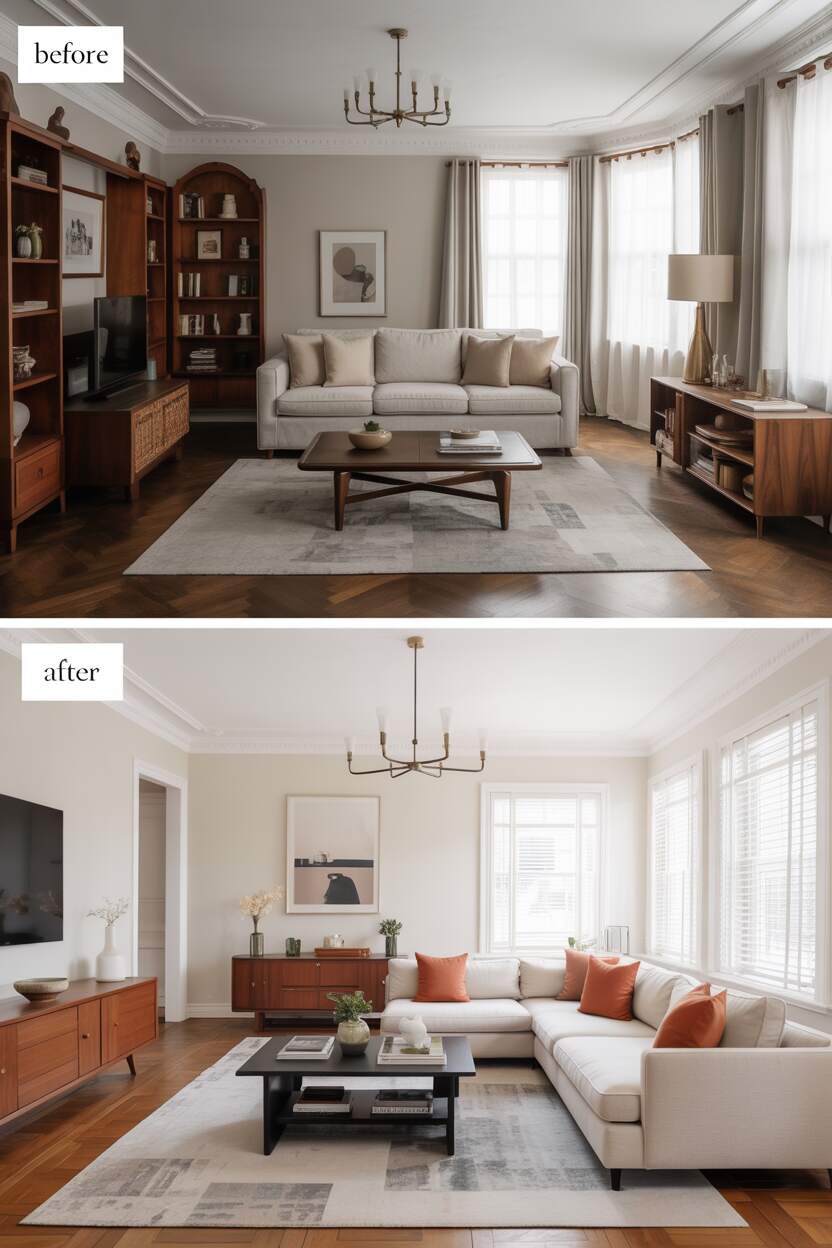
Starting a modern style makeover doesn’t have to mean throwing everything out and starting over. Begin with these steps:
- Clear out items that don’t serve a purpose or bring you joy
- Look for ways to open up your space—remove heavy window treatments, clear pathways
- Choose a simple color plan with 1-2 accent colors at most
- Pick one area to start with rather than tackling the whole house at once
Even small changes can make a big difference:
- Replacing heavy curtains with simple blinds
- Swapping out ornate light fixtures for simpler ones
- Painting walls in a clean, neutral shade
- Removing cabinet doors to create open shelving
Selecting Furniture
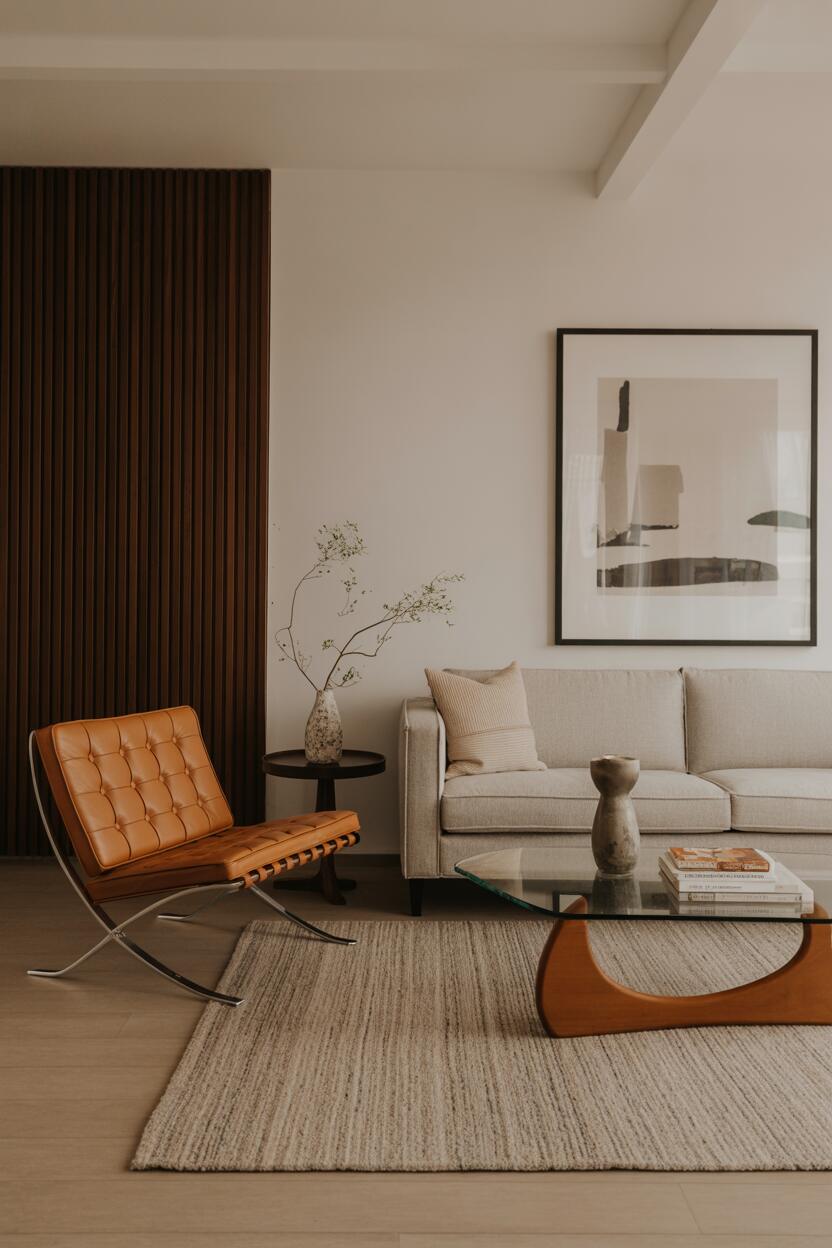
Furniture sets the tone in modern style interior design. When picking pieces:
- Look for items that sit low to the ground
- Choose clean lines over decorative details
- Pick pieces that show off their materials—wood grain, leather texture, metal finish
- Leave space around furniture rather than pushing everything against the walls
Some classic pieces worth looking for:
- The Barcelona chair with its simple grid and clean cushions
- The Eames lounge chair that mixes wood and leather
- Simple sofas with straight lines and visible legs
- Coffee tables that mix materials like wood tops with metal frames
Quality matters more than quantity in modern spaces.
A few well-chosen pieces will create more impact than many lesser items.
Adding Personality Without Clutter
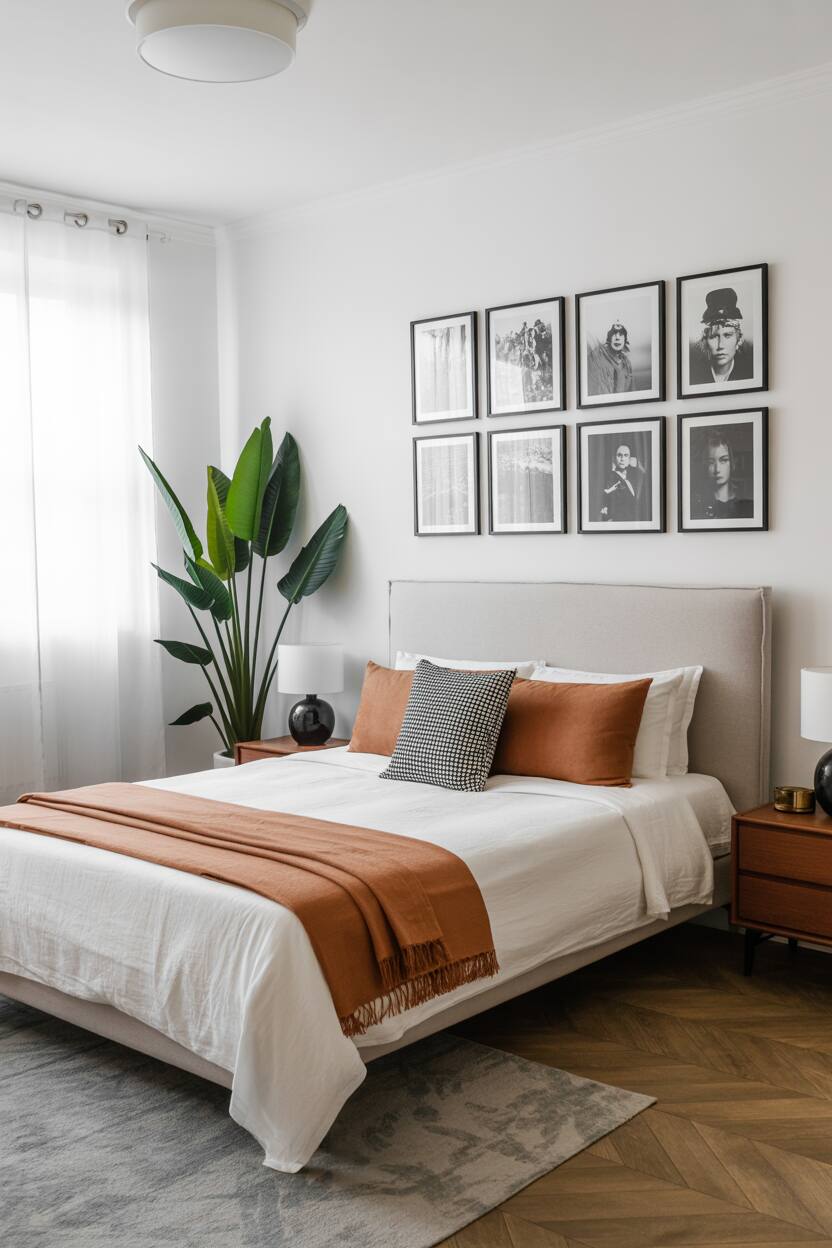
The biggest challenge for many people new to modern interior design is making it feel personal without adding clutter.
The good news is that you can have a home that feels like you without filling every surface.
Try these approaches:
- Choose fewer, more meaningful items to display
- Group similar items together rather than spreading them around
- Use built-in storage to keep needed but not decorative items out of sight
- Let some spaces stay empty—not every wall needs art, not every surface needs objects
Remember that in modern design, each item should earn its place.
Ask yourself if an item adds beauty and purpose to your space before finding a home.
Visual Ideas for Modern Style Design
Light Play
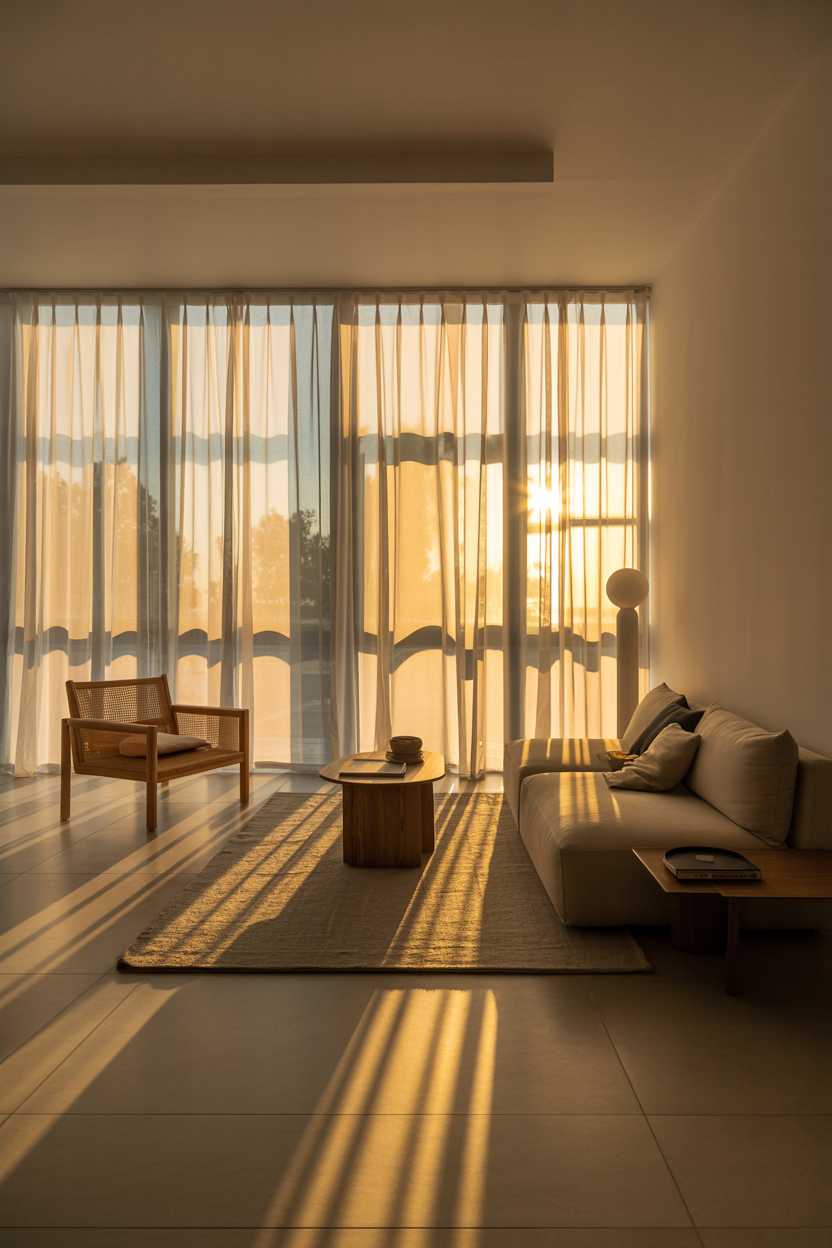
Natural light creates ever-changing art in modern spaces.
Light streaming through windows casts patterns that shift throughout the day, adding visual interest without physical clutter.
Position furniture to make the most of these light patterns, and use sheer window treatments that filter light rather than blocking it completely.
Material Mix
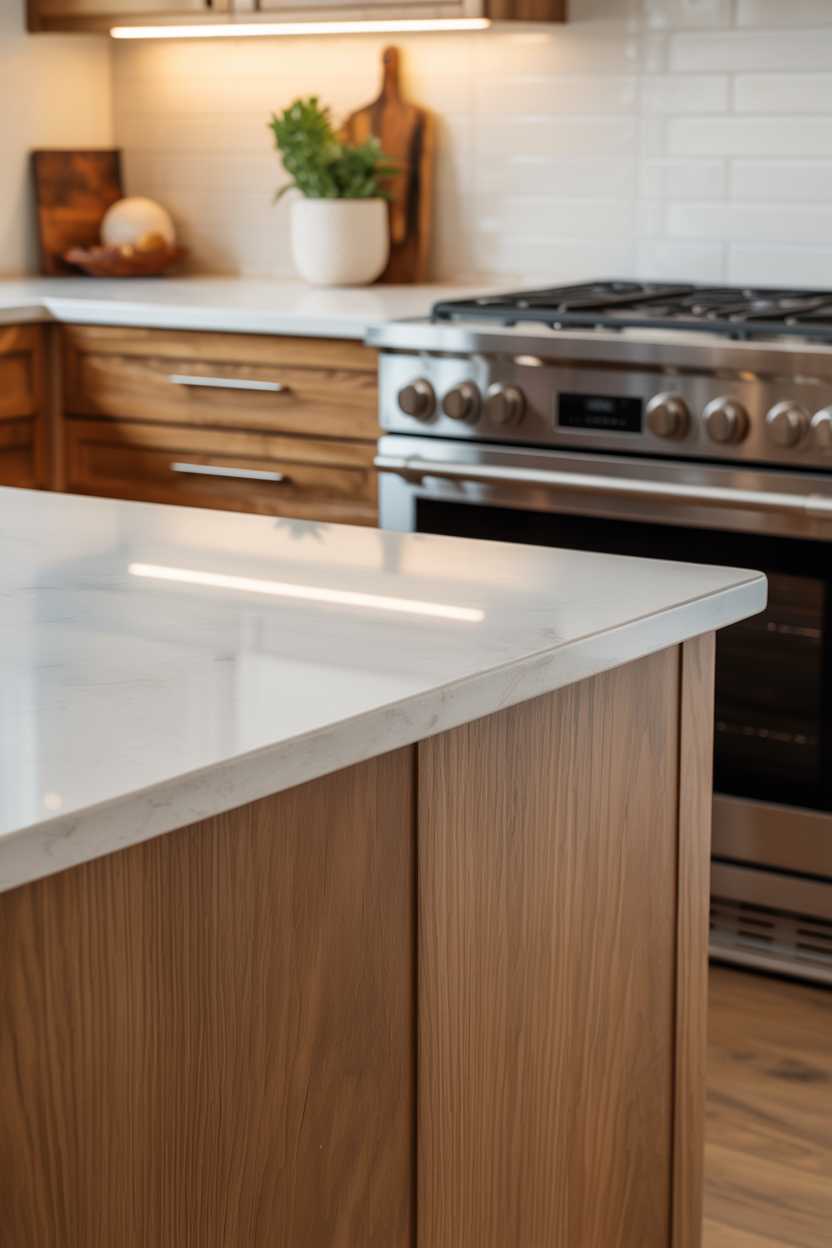
The way materials meet creates visual magic in modern design.
Look for opportunities to showcase these junctions—where wood meets metal, where soft meets hard, where smooth meets textured.
These material meetings create natural focal points and add depth to your space without added objects.
Negative Space
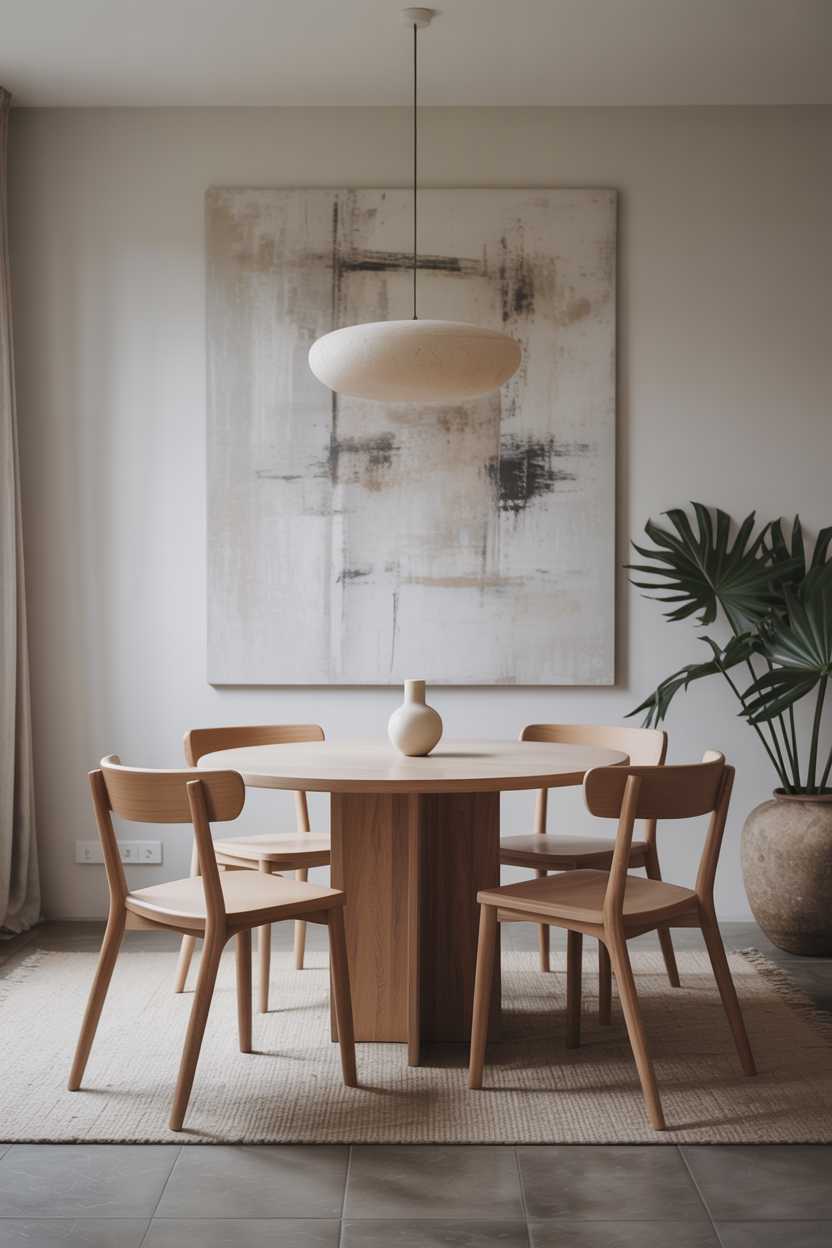
Empty space is a design element in itself in modern style.
Rather than seeing blank walls or empty corners as places that need filling, think of them as carefully chosen breathing spaces that give the eye a place to rest.
This planned emptiness creates a sense of calm and makes the items you do include stand out more.
Hidden Function

Modern style balances beauty and function through smart, hidden solutions.
Look for furniture with hidden storage, built-ins that blend with walls, and multi-purpose pieces that transform as needed.
These solutions maintain clean lines while making your space work hard for your lifestyle.
Art as Focus
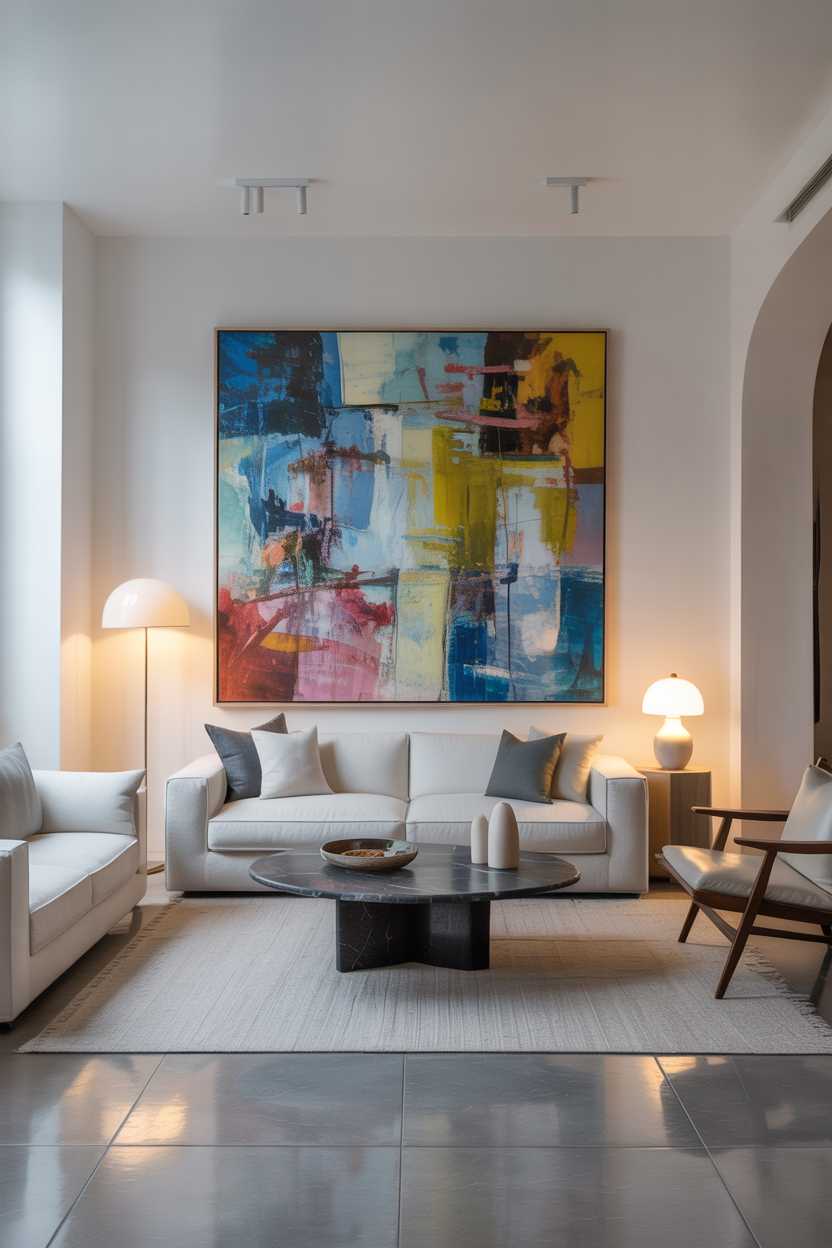
In the less-is-more world of modern design, a single striking piece of art can define a room.
Choose one dramatic piece rather than many small ones, and let it be the star.
Position furniture to highlight the artwork, and use lighting to draw attention to it.
This approach adds personality while maintaining the clean, uncluttered look that defines modern style.
Conclusion
Modern style interior design offers a way to create spaces that feel current and classic.
By focusing on clean lines, thoughtful spaces, and a balance of form and function, this style creates homes that look good and work well for everyday life.
Whether you bring in just a few modern touches or go all-in with the style, the key is thinking about what you really need and love to create a space that supports your life without extra stuff getting in the way.
Modern design reminds us that sometimes less truly is more—and that a home doesn’t need to be full of things to be full of life.

